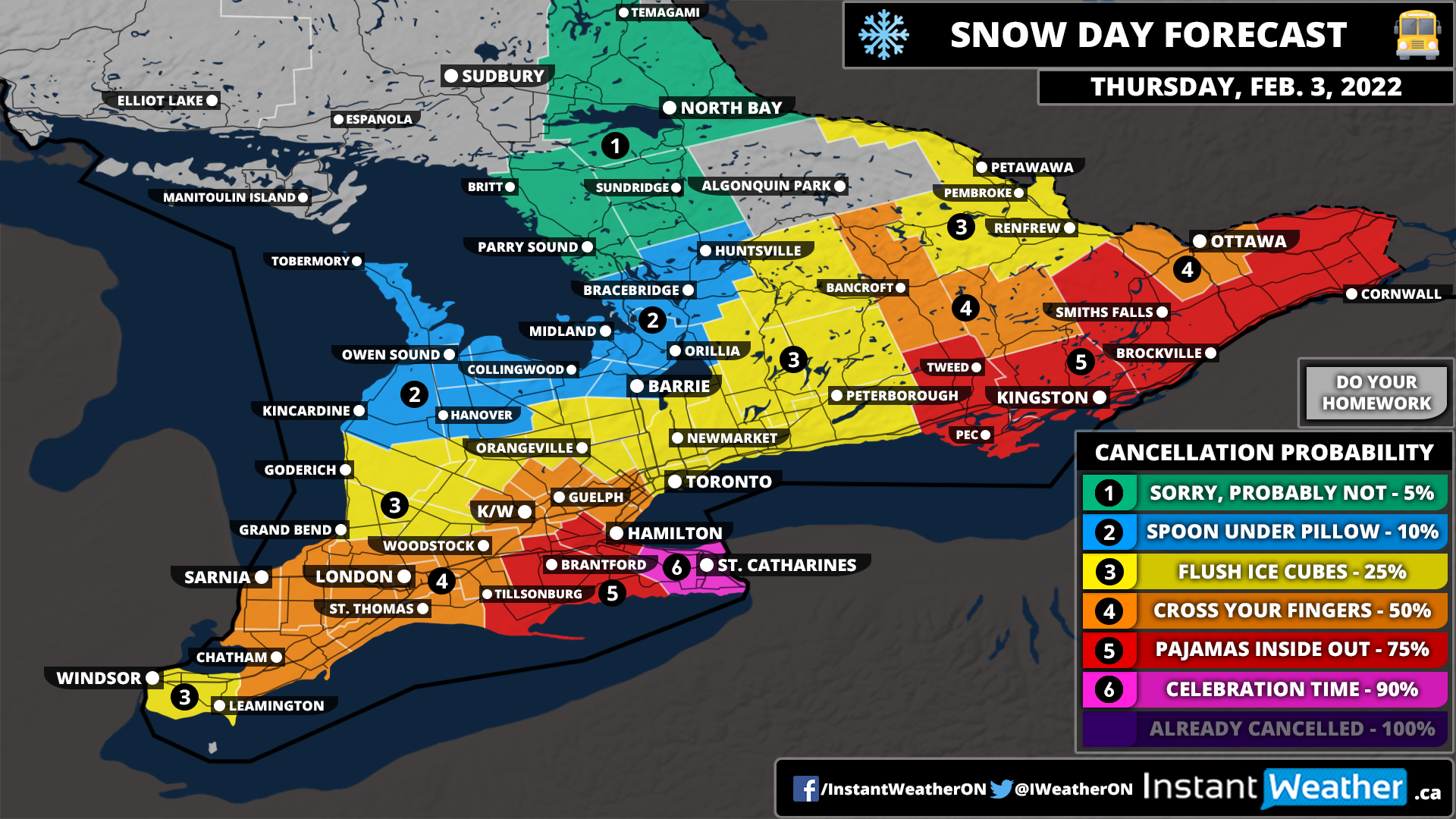Update: Freezing Rain Risk Extended West, Heavy Snow Still Expected Across Central Newfoundland
/The latest weather model guidance has extended the freezing rain threat westwards into Central Newfoundland and now includes parts of the South Shore. This also decreases the amount of accretion for much of the Avalon Peninsula with the St. John’s Metro area now expecting closer to 12mm (0.5”) of freezing rain. This is still a considerable amount of ice buildup and can very easily disrupt power supply due to downed tree limbs and lines.
This western shift in the heavier freezing rain will decrease some of the snowfall totals slightly on the Bonavista Peninsula and the Western Avalon. However, the amount of snow for Central Newfoundland remains unchanged at over 50cm and one model even predicting over 100cm for Gander. This is an unlikely situation, but local amounts in over 75cm is not entirely out of the question.
Despite the decrease in both ice accretion and snowfall accumulation in parts of Eastern Newfoundland and the Avalon Peninsula, this is still going to be a major storm for the province. If you do not already have all of your essentials gathered, make sure to do so early Friday morning. We will be providing updates throughout the duration of the storm and possibly hosting a livestream so stay tuned.
























